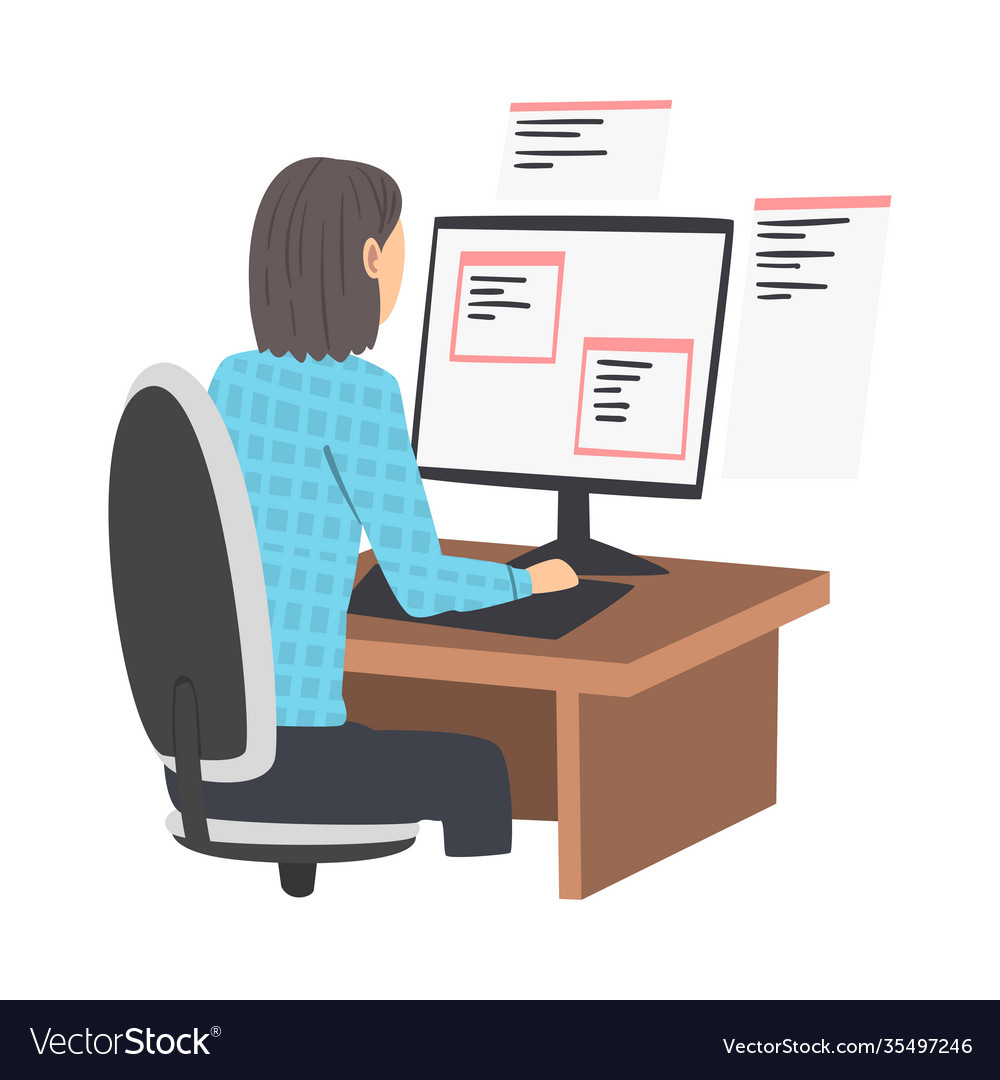Enhance Your Projects with Effective Software Development Staff Augmentation
Enhance Your Projects with Effective Software Development Staff Augmentation
Blog Article
Dedicated Developers vs. In-House Teams: Which Is Right for You?
The decision between making use of committed developers and preserving an in-house team is a significant one that can influence the trajectory of your tasks and total service technique. Conversely, internal teams add to a natural business culture and a nuanced understanding of long-lasting goals.
Understanding Committed Programmers
The expanding demand for specialized skills in the tech industry has actually led to the emergence of dedicated programmers as a practical service for many companies. These specialists are commonly gotten on a job basis, allowing companies to utilize certain expertise without the lasting commitment connected with full time hires. Committed designers are commonly ingrained within a customer's team, providing adaptability and scalability to fulfill project demands.
This model enables organizations to access an international skill swimming pool, which is especially helpful in a rapidly advancing technical landscape. Committed designers can be sourced from numerous geographical areas, making certain that business can locate the appropriate ability established at competitive prices. They typically bring a wealth of experience and understanding, having actually worked with varied projects across different markets.
Moreover, devoted developers can focus specifically on the tasks available, enhancing efficiency and performance. They are geared up to incorporate flawlessly into existing operations, working together very closely with internal groups to attain job objectives. This method not only decreases the concern of recruitment and training however additionally enables organizations to continue to be nimble, adjusting promptly to changing market demands and technical innovations.
Benefits of In-House Teams

Moreover, internal teams often tend to have a deeper understanding of the firm's objective, values, and objectives. This placement can improve employee involvement and inspiration, as employee feel much more linked to their work and the organization's success. In addition, having a committed in-house group permits for much better alignment of approaches and goals, as these members are constantly concentrated on the company's top priorities.
Internal teams likewise facilitate quicker decision-making procedures, as they can react extra quickly to difficulties and modifications. The established relationships and experience with business protocols permit streamlined workflows and reduced miscommunication. Inevitably, the mix of a natural culture, alignment with business goals, and efficient interaction makes in-house teams a beneficial property for many organizations, specifically those looking to grow long-term growth and advancement.
Expense Factors To Consider
When assessing expense factors to consider, both devoted designers and internal groups present unique monetary effects for companies. Engaging devoted designers commonly involves a pay-per-project or hourly rate model, which can be affordable for organizations with rising and fall task demands. This method enables for flexibility in scaling resources up or down, making certain that firms just pay for the solutions they require.
On the other hand, internal teams require dealt with prices, including wages, advantages, and overhead expenses such as office and equipment. While this model provides greater control and immediate schedule of visit sources, it might lead to greater long-lasting expenditures, especially if the workload does not validate a full-time team.
Additionally, business ought to consider the concealed expenses connected with recruitment and training of internal employees, which can further strain budgets. In many cases, the time and sources spent on handling an in-house team can diminish the company's core organization goals.

Job Management and Flexibility
Job administration and adaptability are important factors that affect the choice between internal teams and devoted designers. Committed programmers generally use a high level of flexibility, allowing organizations read review to scale resources up or down based on project demands. This dexterity can be especially beneficial for organizations experiencing changing work or those looking for to innovate rapidly. Devoted groups often have developed procedures for taking care of tasks successfully, leveraging certain methods like Agile or Scrum, which assist in iterative progress and adaptability.

Ultimately, the selection between in-house teams and dedicated designers pivots on the wanted degree of versatility and the details project management requirements. Companies need to review their functional characteristics, task complexity, and resource schedule to establish which choice straightens ideal with their critical goals.
Making the Right Option
Picking the appropriate growth technique-- internal groups or specialized designers-- needs a careful assessment of various variables that line up with a business's critical objectives. offshore software development. Initially, take into consideration the nature of the task. If it requires specialized skills or a quick scale-up, committed designers may be more ideal. Alternatively, in-house groups can supply better continuity and integration with existing workers.
Following, review shopify stores one account your budget plan. Devoted designers usually present an economical service for short-term tasks, while internal teams may incur greater long-lasting expenses as a result of salaries, benefits, and overhead expenses. Assess the level of control and partnership wanted; internal groups normally foster stronger communication and placement with firm culture.
If instant results are required, devoted developers can be onboarded swiftly, whereas developing an in-house team takes time for employment and training. If continuous growth is important, spending in an in-house group may yield far better returns over time.
Final Thought
In final thought, the decision between devoted programmers and internal groups pivots on task needs and organizational goals. Alternatively, internal teams cultivate a cohesive society and much deeper placement with long-lasting goals.
The decision between utilizing devoted programmers and maintaining an in-house team is a substantial one that can influence the trajectory of your projects and total service technique.Task management and adaptability are critical variables that affect the option between in-house groups and specialized designers. offshore software development.In comparison, internal groups may succeed in keeping a regular task monitoring framework due to their knowledge with the organization's society and lasting goals. Committed developers usually offer a cost-efficient option for temporary tasks, while internal teams might sustain higher long-term expenditures due to wages, benefits, and expenses costs.In verdict, the choice between in-house groups and dedicated developers hinges on project needs and organizational goals
Report this page